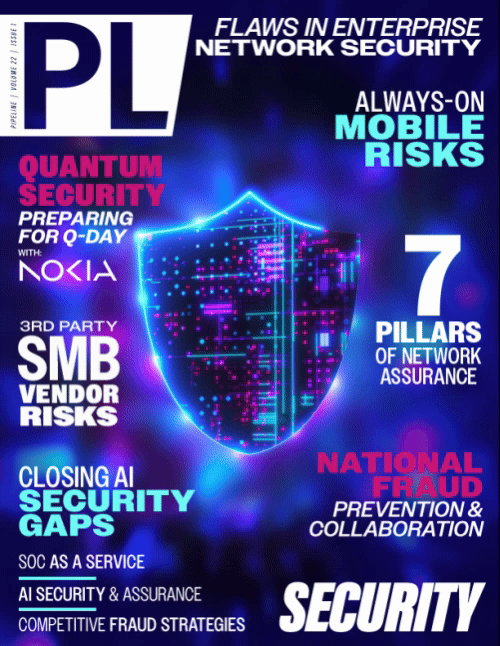Vodafone and Partners use Open RAN to Boost 5GVodafone and Partners Boost 5G Capacity in the First Multi-vender RAN Intelligent Controller ImplementationVodafone, Cohere Technologies, VMware, Capgemini Engineering, Intel and Telecom Infra Project (TIP) have successfully demonstrated how a powerful new Open Radio Access Network (RAN) platform can further boost the capacity of 5G where multiple customers are using the same site. The successful trial is the latest step in building a cost-effective Open RAN ecosystem that will benefit Vodafone customers. In a test laboratory, the companies increased the capacity of a 5G cell site by two-fold using a programmable, Artificial Intelligence (AI)-based RAN Intelligent Controller (RIC) supporting a mix of Open RAN components from multiple vendors. This collaboration represents a key milestone in demonstrating the potential of RIC sitting at the heart of an Open RAN installation. The companies showed the first demonstration of 5G Multi-User MIMO (MU-MIMO) – providing more capacity at a single cell site – running on a RIC located at a multi-vendor Open RAN test site. MU-MIMO apportions ample bandwidth to individual users connected to the same mobile site and is considered the pivotal technique to boost cell capacity in future 5G networks. It is a major development in supporting the insatiable demand for faster and more responsive digital connections to deliver high definition graphics, virtual reality, cloud and IT applications. Based on the performance of Cohere’s Spectrum Multiplier MU-MIMO scheduler in the trial, when the technique is commercially deployed in a low-band (e.g. 700MHz) network, users will benefit from up to 2x the capacity achieved using traditional MIMO. This software can be extended to Massive MIMO in mid-band (e.g. 3.5GHz) networks in order to push capacity gains towards 4-5x. Open RAN is considered the future of networking. With Open RAN, mobile base stations can be built using hardware and software from multiple vendors, rather than just one or two suppliers. Driven by software, it means it is easier and cheaper to extend mobile networks and carry out upgrades without replacing hardware. The new system tested by the companies reduces the need for expensive and energy-consuming hardware within a mobile base station by up to a third. It also supports new advanced radio applications for critical business and consumer applications. The RIC architecture, which is standardised by the O-RAN ALLIANCE, is fundamental in creating an open framework designed to further improve the cost-effectiveness of Open RAN, as well as expanding supply chain diversity, and promoting innovation. Open RAN splits or separates the radio functions of a mobile mast which means the hardware that manages the radio functions at the cell site can be reduced. At the same time, Open APIs will facilitate the integration of third-party applications allowing a diverse set of vendors to contribute with new products and services. Source: Vodafone media announcement | |

















